
Flounder fishing is an exciting endeavor enjoyed by anglers of all experience levels. It revolves around pursuing the fantastic flatfish living in coastal waters. This comprehensive guide will explore how to catch flounder fish, providing valuable insights into the best techniques, setups, and prime locations to boost your chances of a rewarding catch.
How to Catch Flounder Fish?
Catching flounder requires patience, skill, and the right equipment. Here’s a step-by-step guide to improve your chances of landing this elusive fish:
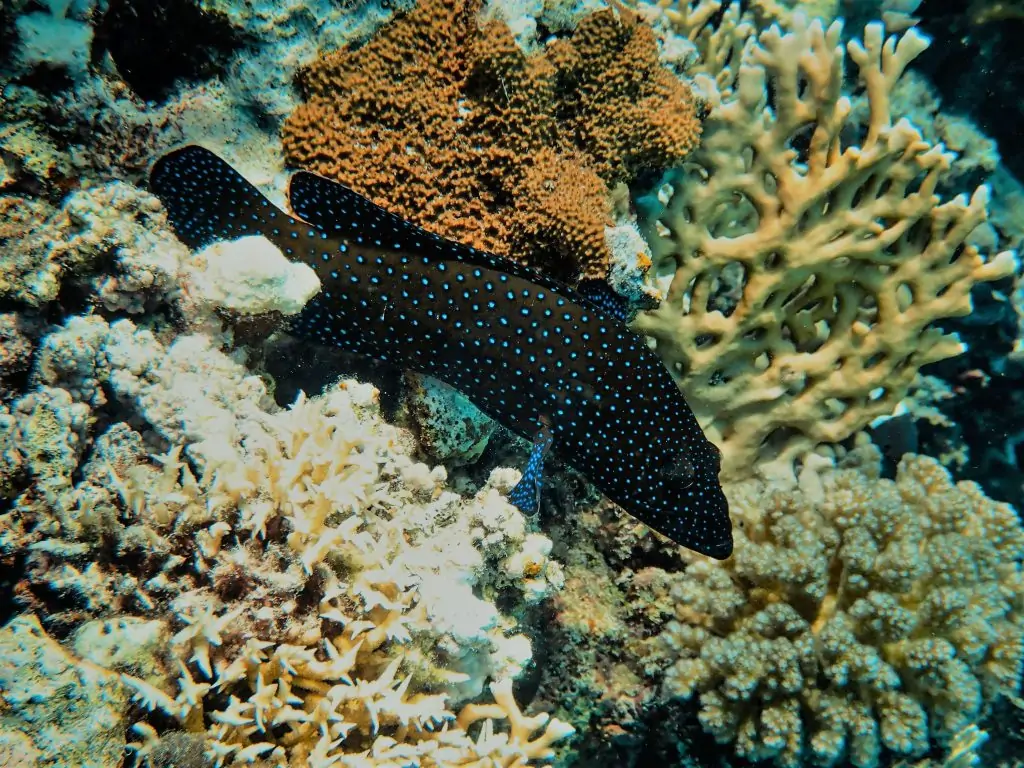
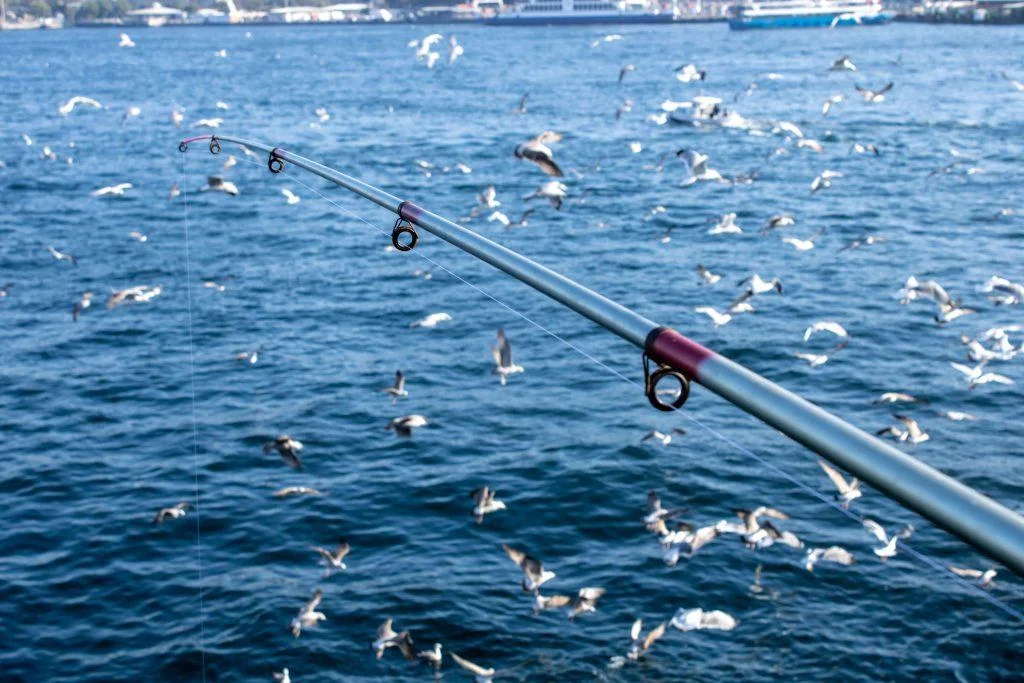
The Best Setup for Flounder Fishing
Rod
Opt for a medium to medium-heavy spinning rod, approximately 7 to 8 feet long, as it offers the necessary sensitivity and power to detect the flounder bites.
Reel
Pair your rod with a high-quality spinning reel with a smooth drag system, allowing you to handle sudden bursts of energy from the flounder.
Line
Use a low-stretch braided line with a 10 to 20-pound test to enhance sensitivity and ensure you feel even the slightest tug.
Leader
Attach a fluorocarbon leader of 15 to 20 pounds to the end of your mainline, as it is less visible underwater and less likely to spook the flounder.
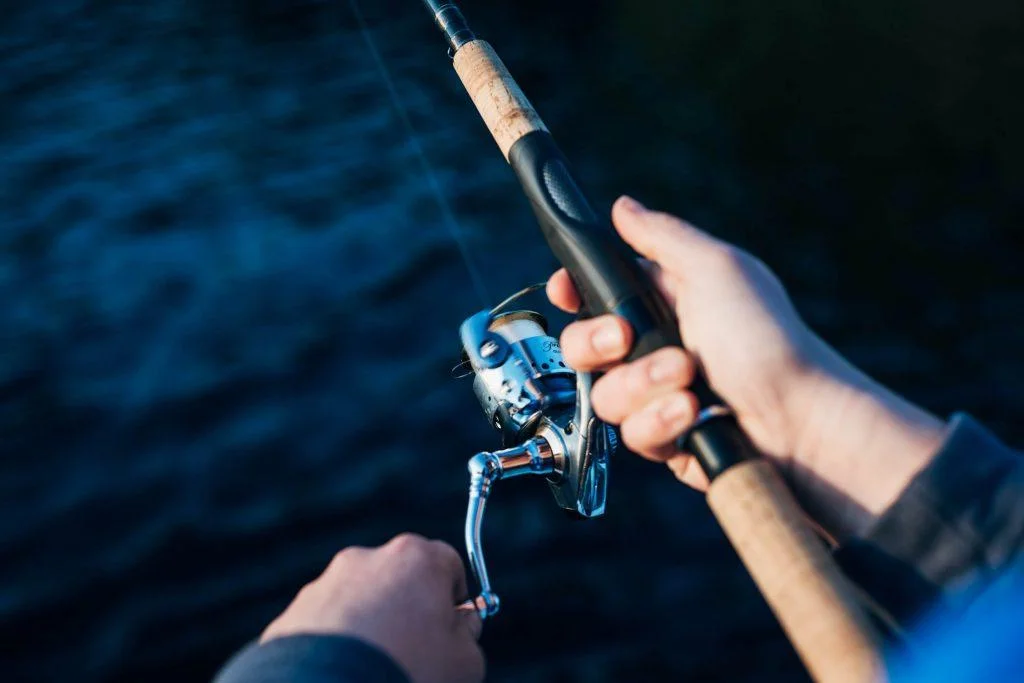
The Best Bait for Flounder Fishing
When it comes to flounder fishing, choosing the correct bait can significantly impact your success. Flounders are opportunistic predators and are attracted to various live and cut baits.
Some of the best baits for flounder fishing include mud minnows, mullet, shrimp, and squid. These natural baits closely resemble the flounder’s preferred prey, making them highly effective in enticing these elusive flatfish.
Using fresh and lively bait is crucial, producing enticing movements and scents that appeal to the flounder’s senses. Experimenting with different baits can help determine what works best in your fishing location and conditions.
The Best Techniques to Catch Flounder Fish
Bottom Bouncing
Use a Carolina rig or a jig head to bounce the bait along the seafloor, mimicking natural movements and enticing the flounder to strike.
Drifting
You can cover a larger area by drift fishing. Drift slowly along channels, drop-offs, and flats, presenting your bait at different depths to find where the flounder is holding.
Casting and Retrieving
Cast your bait near structures like rocks, docks, or jetties for a more active approach. Slowly retrieve the bait, imitating the flounder’s prey.

Modern Technologies for Flounder Fishing
Advancements in technology have revolutionized fishing, making it easier to locate flounder. Consider using:
Fish Finders
These devices use sonar to detect underwater structures and schools of fish, pinpointing flounder-rich areas.
GPS Navigation
GPS devices help mark productive fishing spots, allowing you to return to successful locations quickly.
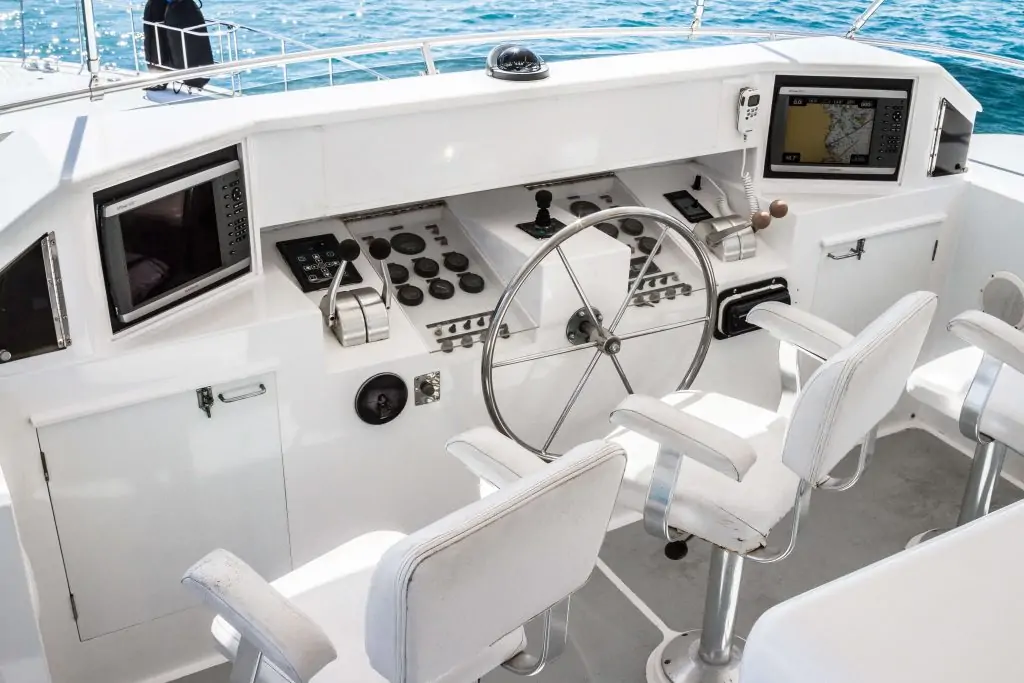
Where Can You Find Flounder Fish?
Flounders prefer specific habitats, including sandy or muddy bottoms, estuaries, and nearshore waters with ample food sources. Look for areas with:
Seagrass beds, Oyster beds, Docks and piers, Inlets and channels.
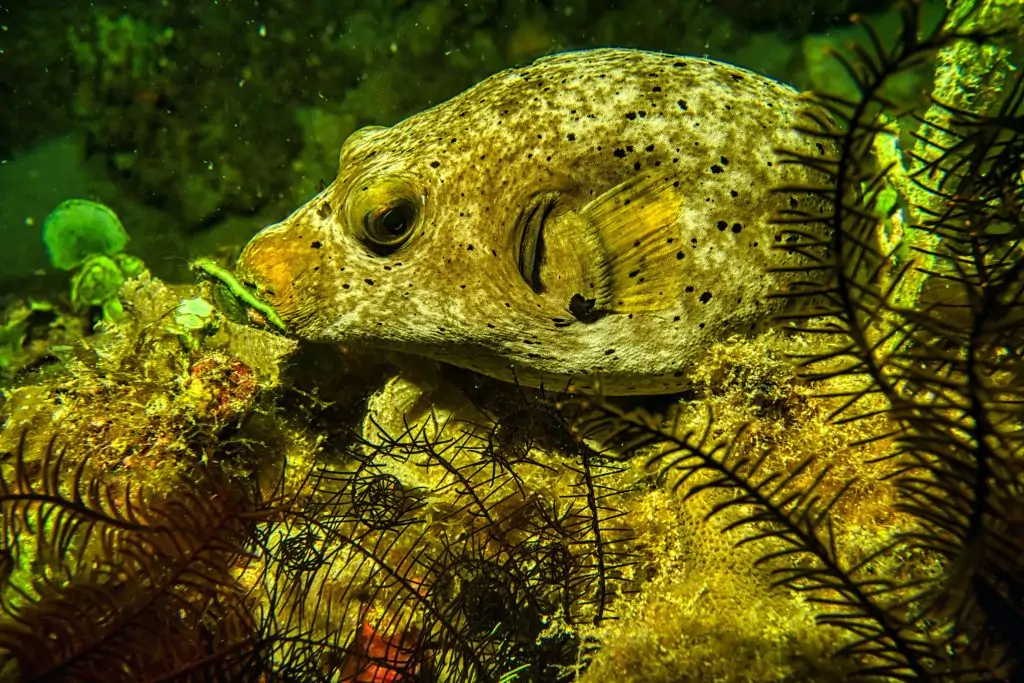
Some Basic Tips for Flounder Fishing
Be Patient
Flounder fishing requires patience. Take your time and give the fish ample opportunity to take the bait.
Pay Attention to Tides
Flounders are often more active during tidal changes, especially during high tide when they move closer to shore.
Stay Stealthy
Flounder are easily spooked, so maintain a quiet and stealthy approach when fishing.
Observe the Water
Look for signs of this fish, such as small wakes or the outline of their bodies on the ocean floor.
Practice Catch and Release
Flounders are a vital part of the marine ecosystem. You may want to think about “Catch and Release” as it can contribute to preserving the population of the fish species.
A Favourable Season and Time to Catch Flounder
Flounder fishing is most productive during the warmer months when they are more active and abundant. Spring and fall are typically the perfect seasons to target flounder. The optimal fishing times are during the early morning or late afternoon when water temperatures are favorable, and the fish are actively feeding.
The Prime Locations to Catch Flounder Fish
Flounder can be found along the Atlantic and the Gulf coasts of North America and other coastal regions worldwide.
Popular locations for flounder fishing include the Chesapeake Bay, the Gulf of Mexico, and the Atlantic coastline from North Carolina to Florida.
Conclusion
Flounder fishing is an exhilarating challenge that appeals to anglers of every skill level. For good fishing, it’s crucial to familiarize yourself with their natural habitat, equip yourself with the right tools, and employ effective techniques.
With patience and determination, you’ll be on the path to hooking these intriguing creatures. It’s essential to respect the marine environment during your fishing expeditions and practice sustainable fishing methods, ensuring that future generations can also relish the excitement of flounder fishing.
Related Post
FAQs
Q. Are flounder fish good to eat?
A. Flounder is a prized seafood known for its delicate, sweet flavor. They are considered excellent table fares.
Q. What is the average size of flounder fish?
A. Flounder sizes vary depending on the species and location but generally range from 12 to 24 inches long.
Q. Is a fishing license required for flounder fishing?
A. Yes, a fishing license is typically required for recreational fishing. Be sure to check local regulations and obtain the necessary permits.
Q. Can I catch flounder from the shore?
A. flounder can be caught from shorelines, especially in areas with the correct habitat and structure.
Q. What is the bag limit for flounder fishing?
A. Bag limits for flounder fishing vary by location and may change seasonally. Check updated regulations from local authorities.
Q. Can I catch flounder from a kayak or canoe?
A. Flounder fishing from a kayak or canoe can be rewarding, especially in shallow coastal areas.
Q. Are there specific seasons when flounder is more abundant?
A. Flounder migrations and spawning patterns vary by region, so understanding local seasonal changes can boost your fishing success.
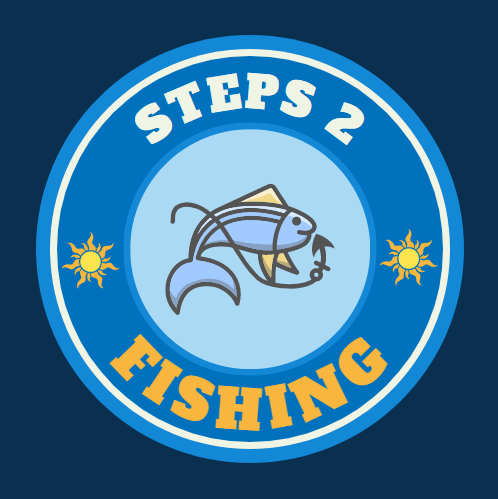
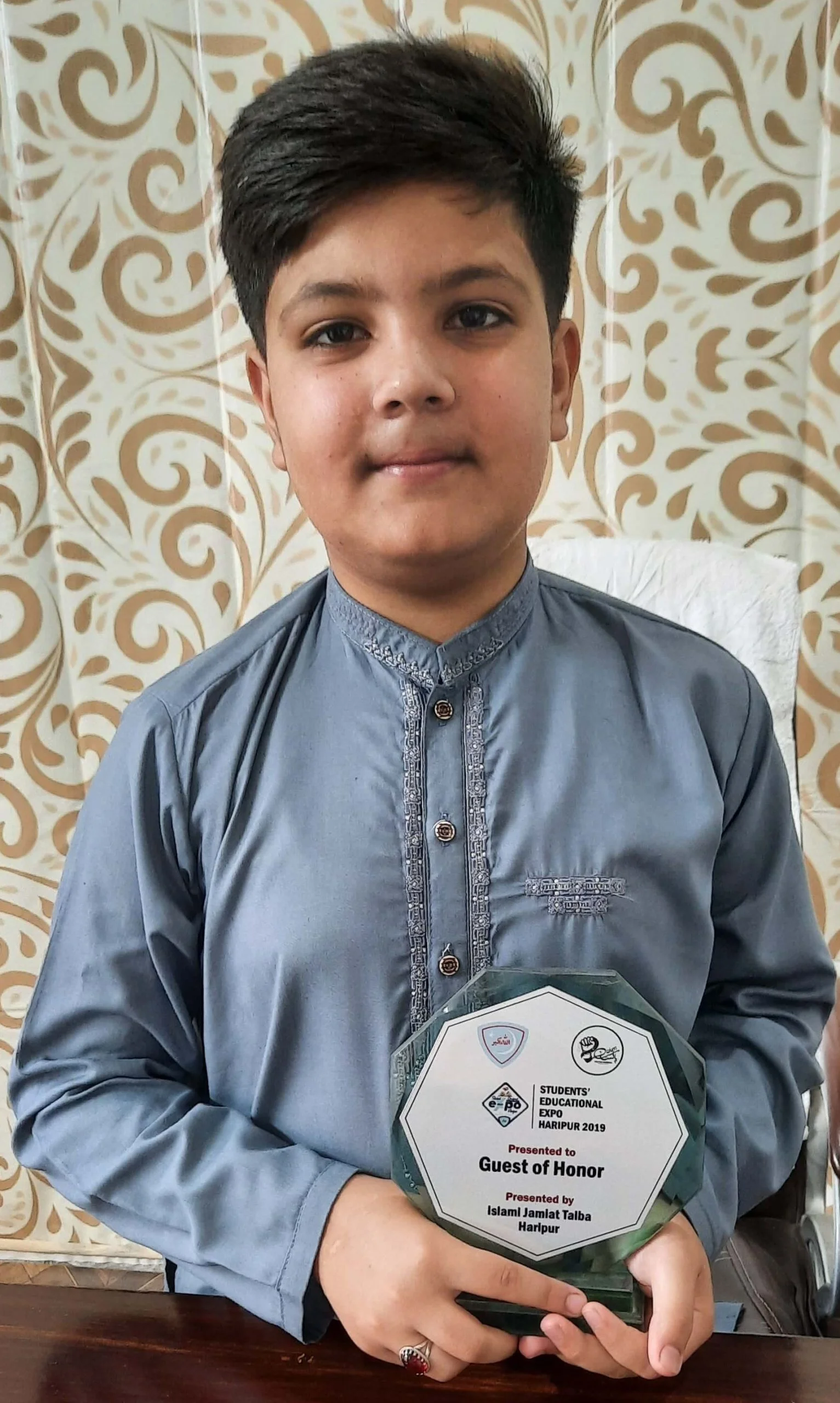
Very well comprehensive details , really cleared my concept.
Thank You so much for your feedback.